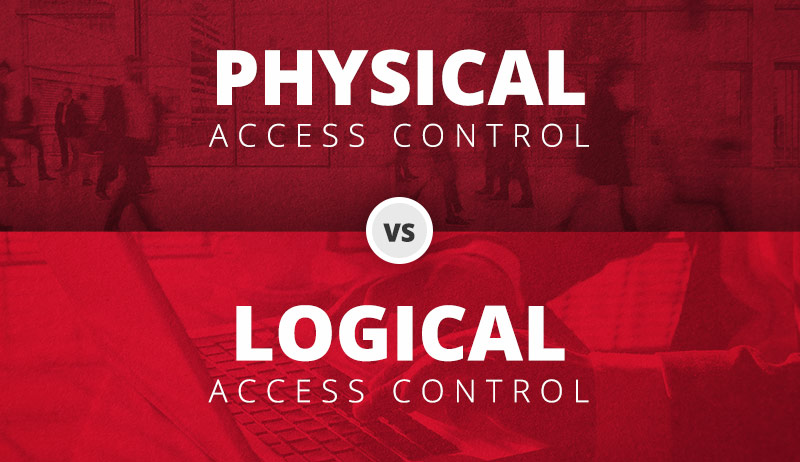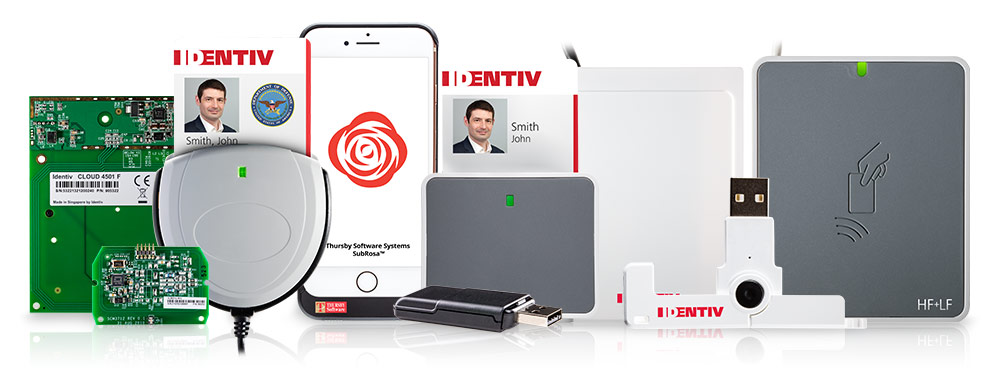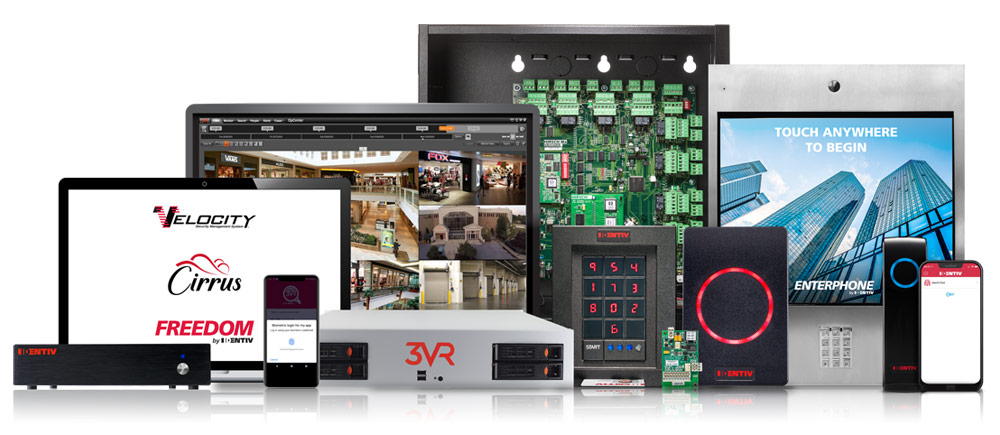What's the Difference Between Logical Access Control and Physical Access Control?
August 6, 2020

We're living in a high-tech world in which companies and organizations have increasing access to mounds of sensitive data, making it necessary to limit access to that data (lest it fall into the wrong hands).
Enter: access control. The vulnerability of connected devices and the discussion around how to keep the data they hold secure will continue to be a factor in the adoption of networked-based systems, so organizations must mandate specific security parameters to ensure rules are followed. But this includes both physical access and logical access to be successful.
Differences: Logical Access Control & Physical Access Control
Access control is the selective restriction of access to a place or other resource. It is used to regulate who is able (or not able) to view, access, or use specific resources and/or information.
The two main types are physical and logical.
Physical access control refers to the selective restriction of access to a location, a task most often accomplished with a variety of security methods that control and track who is entering a location and who is leaving.
Logical access control is defined as restricting virtual access to data; it consists of identification, authentication, and authorization protocols utilized worldwide to protect hardware from unauthorized access, including password programs, smart cards, or tokens to identify and screen users and access levels.
Logical Access Control
In the digital world of today, organizations must be vigilant in protecting their data, assets, and infrastructure. Here's our breakdown of some of the available options:

Smart Card Readers
Smart card readers protect login to PCs and networks, encrypt hard drives, and digitally sign and encipher email, leading to a wide variety of applications. Available as contact, contactless, or mobile options, these readers provide a high level of security to ensure your data is protected. Identiv’s portfolio of smart card readers offers multi-layered security, preventing unauthorized access to critical systems, and protecting identities.
View & Buy ›
Tokens
Compact tokens enable secure mobility for mobile desktop applications and contactless smart card tokens. It combines something familiar, such as a password, to something new, the token, to enable two-factor authentication. Identiv’s uTrust Token Family offers up secure mobility for desktop applications in PC connected mode and a contactless smart card token in autonomous mode for a host of contactless applications.
View & Buy ›
Mobile Apps
Advanced mobile apps support CAC, PIV, and derived credential multi-factor access to secure web browsers, and deliver the ability to sign, encrypt, and decrypt emails, and secure app development. Identiv’s Thursby’s Sub Rosa suite of products offers all and more, delivering the ability to access two-factor websites, sign, encrypt, and decrypt emails, view, edit, and create calendar events, and edit and sign PDF documents from your iPhone, iPad, or Android phone or tablet.
View iOS Apps › View Android Apps ›
Physical Access Control
While historically, the methods of a physical access control system (PACS) consisted of keys and locked doors, today we have much more high-tech options, such as:

Password Protected Doors
You’ve probably noticed password protected doors in many public places; simply put, the door restricts access to only those with the correct password — an effective means of safeguarding a location that houses sensitive information. Identiv’s Hirsch ScramblePad keypad readers are a family of access control products that provide high-security functionality with our patented scrambling of the illuminated keypad digits.
View ›
Telephone Entry Systems
This stand-alone intercom system manages calls made at the entrance to a building with access controlled by audio communication between the inside and outside. Identiv’s 10-inch Enterphone iQ limits installation real estate requirements while enabling all the standard and optional features of other Enterphone by Identiv systems. Enterphone iQ is ideal for apartment buildings, condominiums or stratas, multi-use commercial and residential, office buildings, and gated communities. iQ can be flush or surface-mounted, enabling installation options to meet the aesthetic requirements of the customer’s environment.
View ›
Wireless Locks
Key fobs have gone through many iterations over the years; the most up-to-date versions now operate primarily over the much more secure radio frequency identification (RFID) tag, which allows the exchange of data through electromagnetic waves. Identiv’s Aperio Wireless Lock Integration with Hirsch Velocity provides high-security access control delivered wirelessly.
View ›
Learn More About Physical and Logical Access Control
Combining physical and logical access control provides a much higher level of security. Let’s get you started with a demo today.
Contact Us Now ›